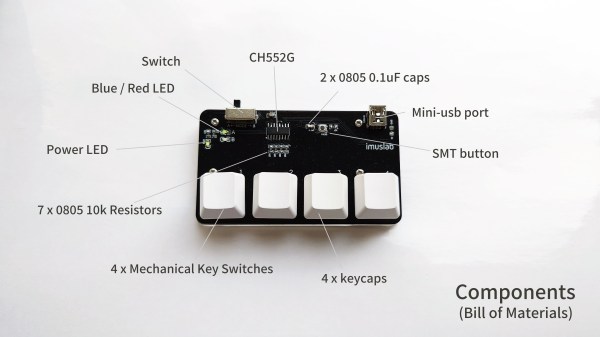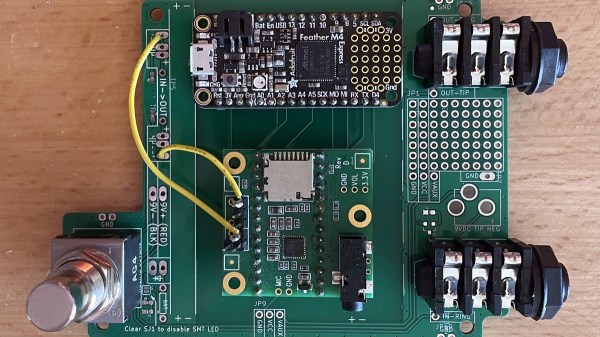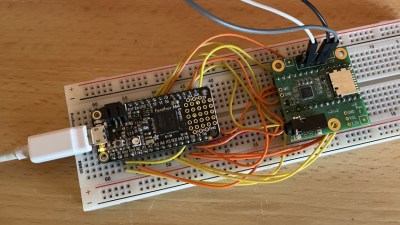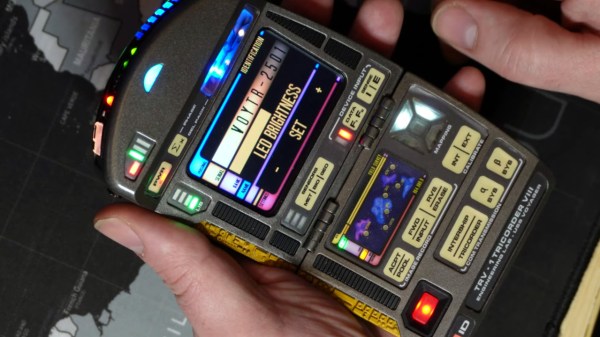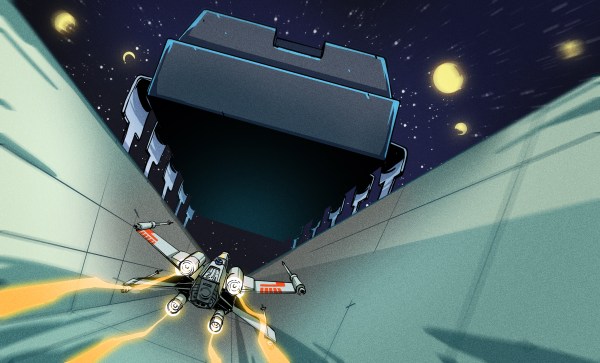Measuring local rainfall has real practical uses, especially in agriculture, but most of us will have to admit that it’s at least partly about drawing cool graphs on a screen. Whatever your motivation, you can build this open source electronic rain gauge designed by [Sebastian] of Smart Solutions for Home, and integrate it with Home Assistant.
This 3D printed rain gauge is of the ubiquitous tipping bucket type and uses a magnet and hall effect sensor to detect every time the bucket tips out. The sensor is soldered to a custom PCB with ESP32 configured using ESP Home. By keeping it in deep sleep most of the time and only waking up when the tip of the bucket, [Sebastian] estimates it can run about a year on four AA batteries, depending on rainfall. The hinge mechanism is adjustable to ensure that both buckets will tip with the same volume of water.
FDM 3D printed enclosures are not known for being waterproof, so [Sebastian] coated the PCB with varnish to protect it from moisture. This worked well enough that he could leave it running in a bowl of water for a few hours without any ill effects. The end result looks good and should be able to handle the outdoors for a long time.
Building a weather station is a popular DIY project. Some of the interesting varieties we’ve seen are powered by supercapacitors, show readings on antique analog dials and convert parking distance sensor kit into a wind gauge.
Continue reading “DIY 3D Printed Rain Gauge Connects To Home Assistant”


